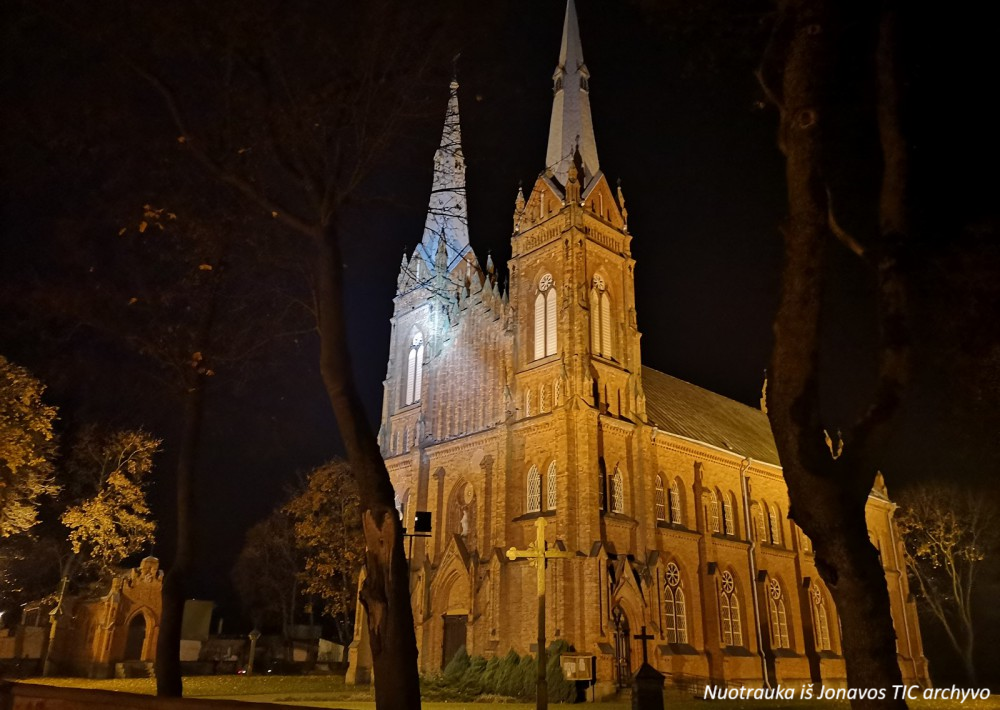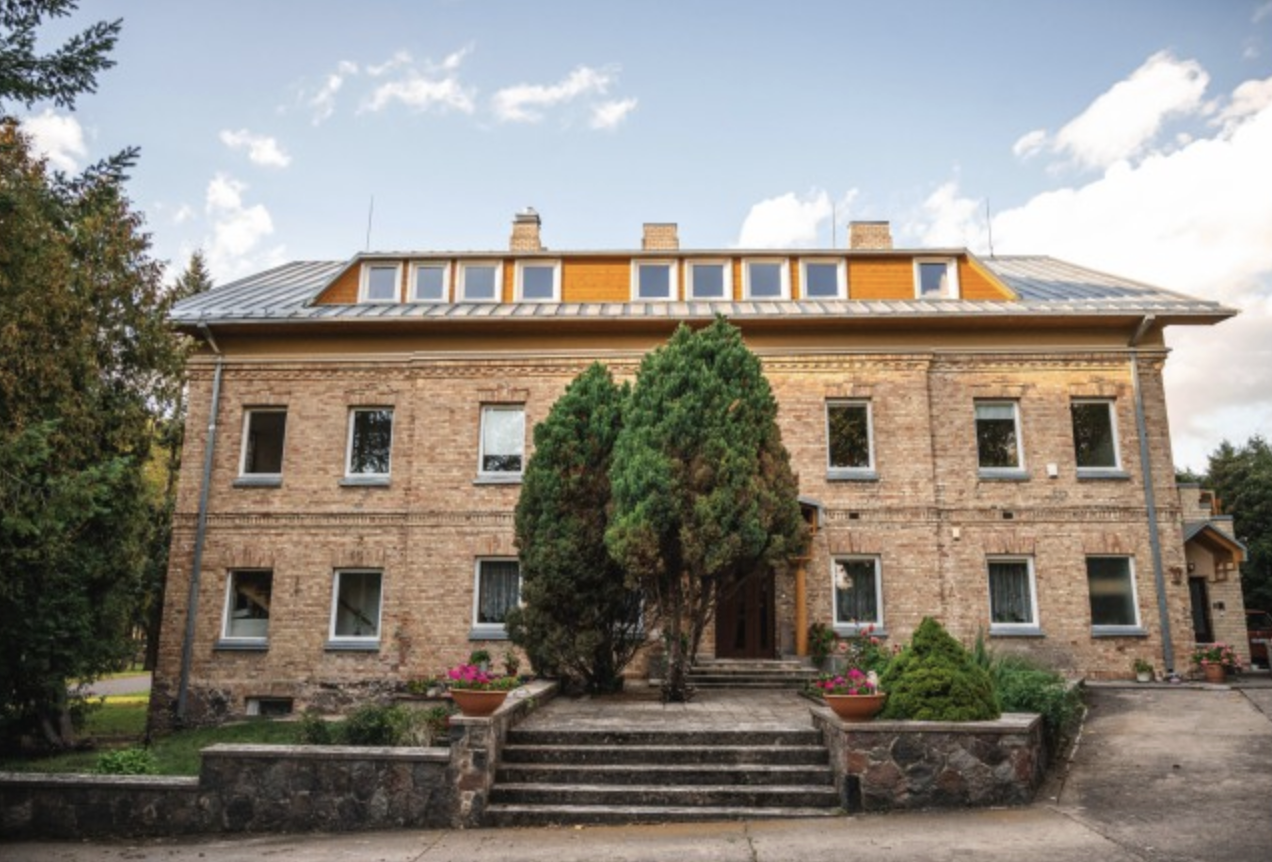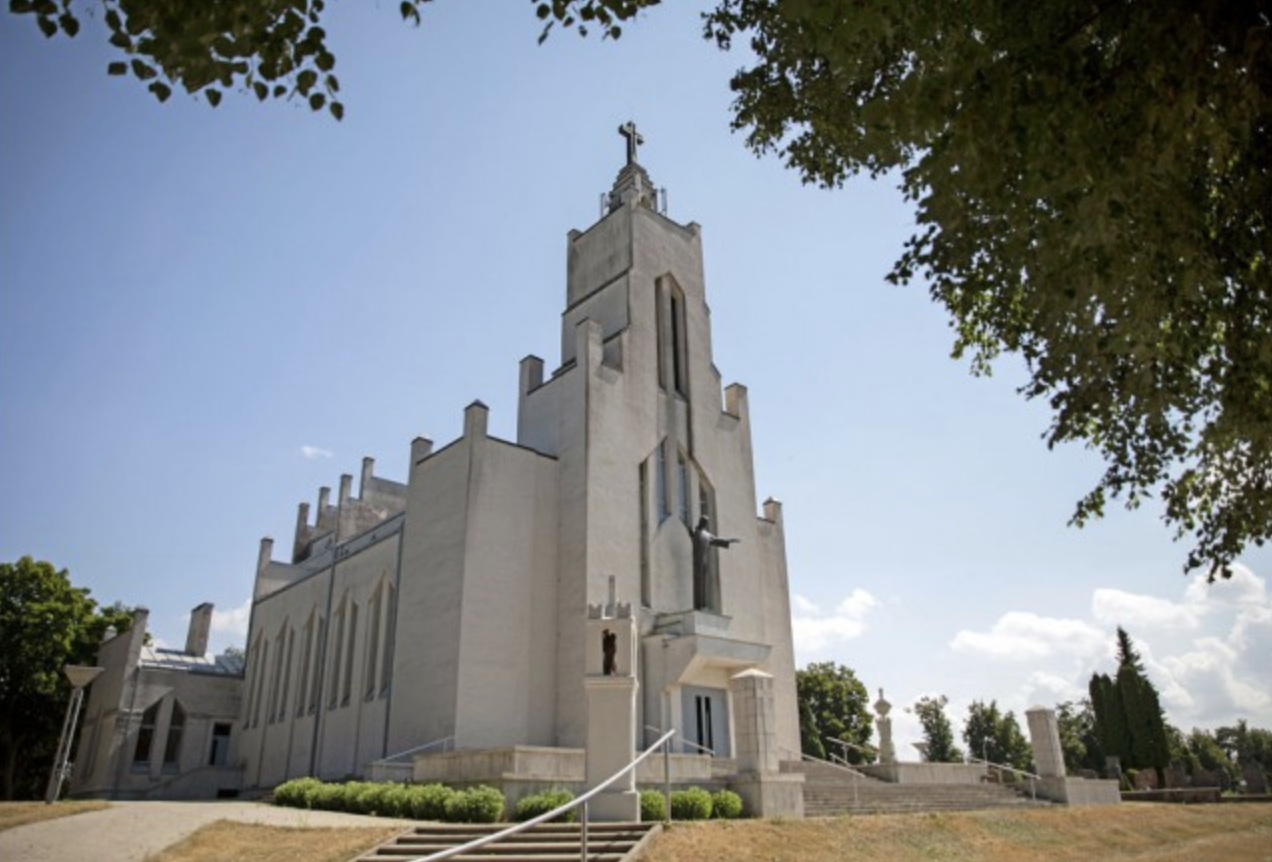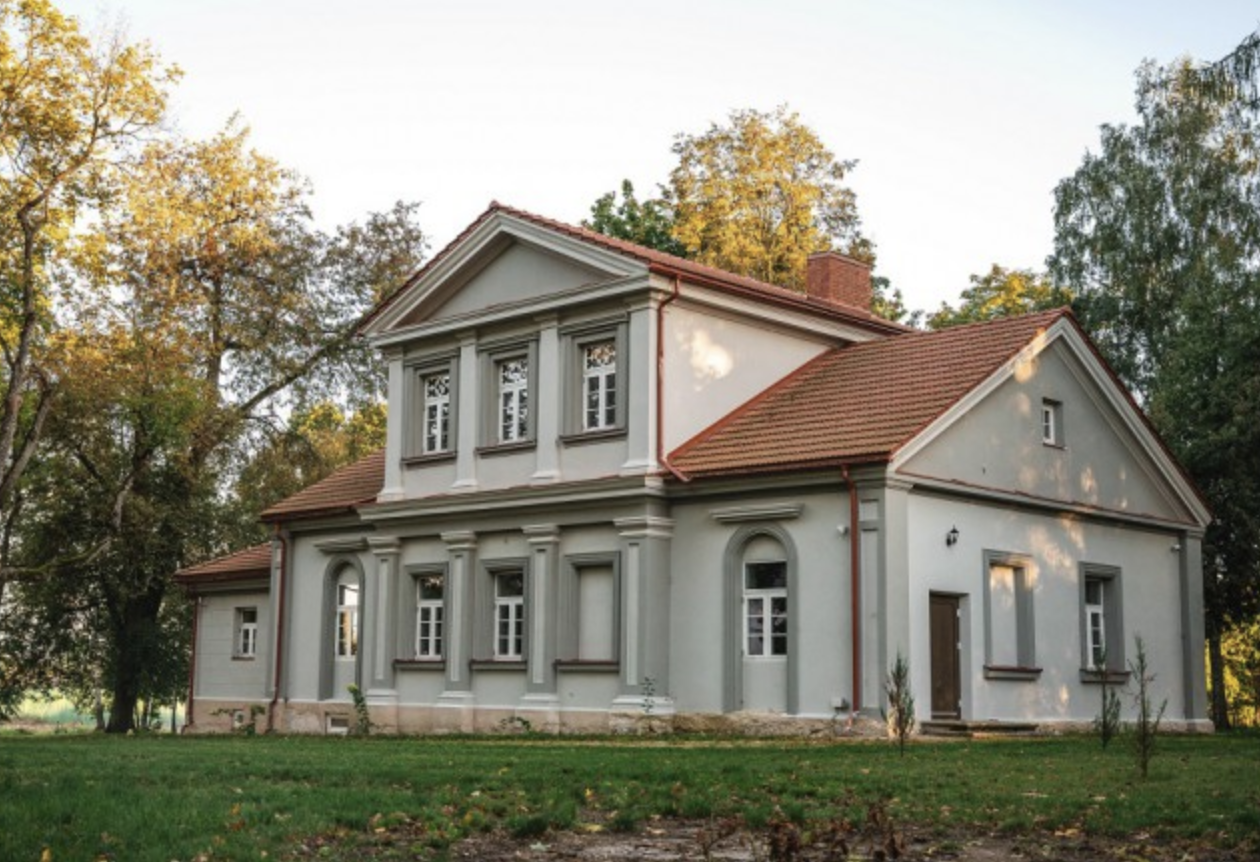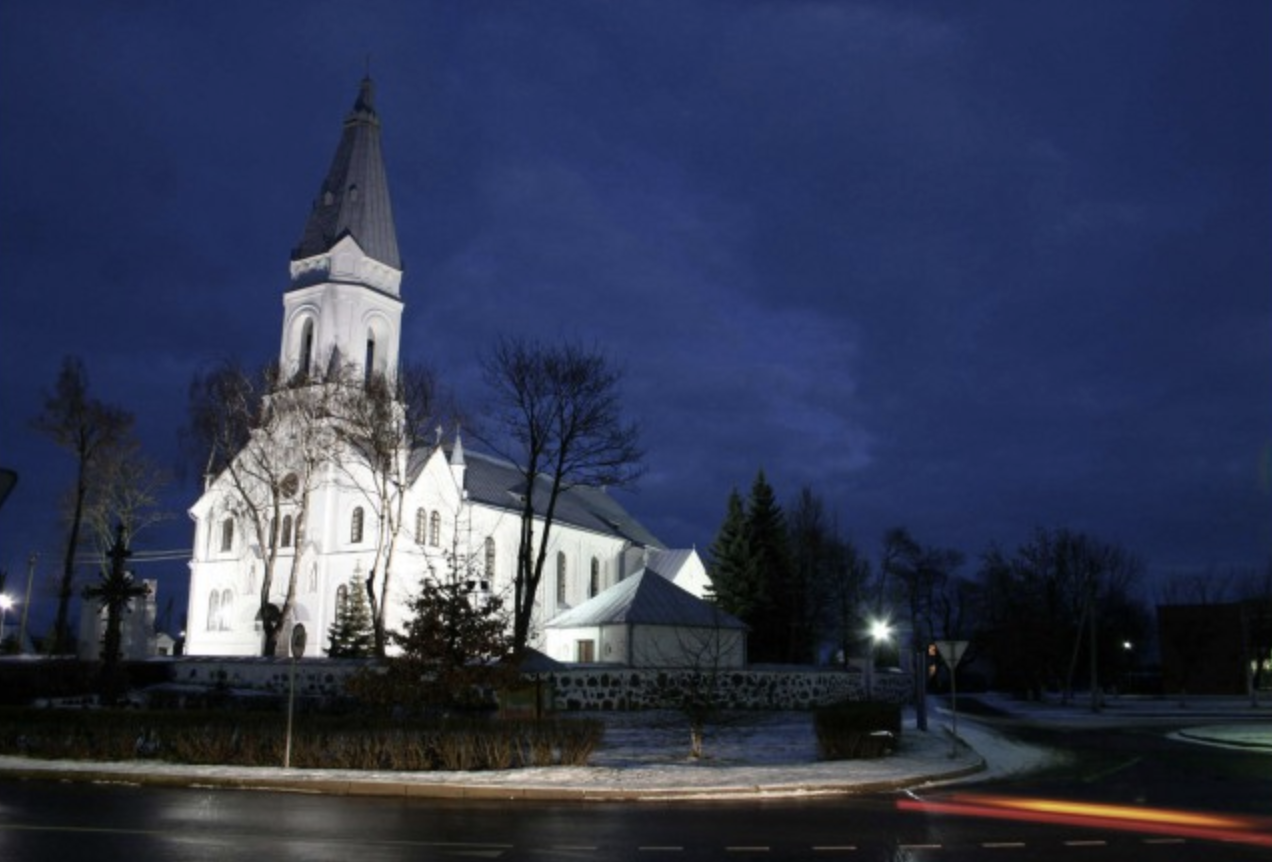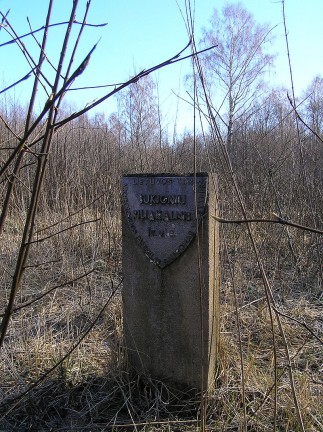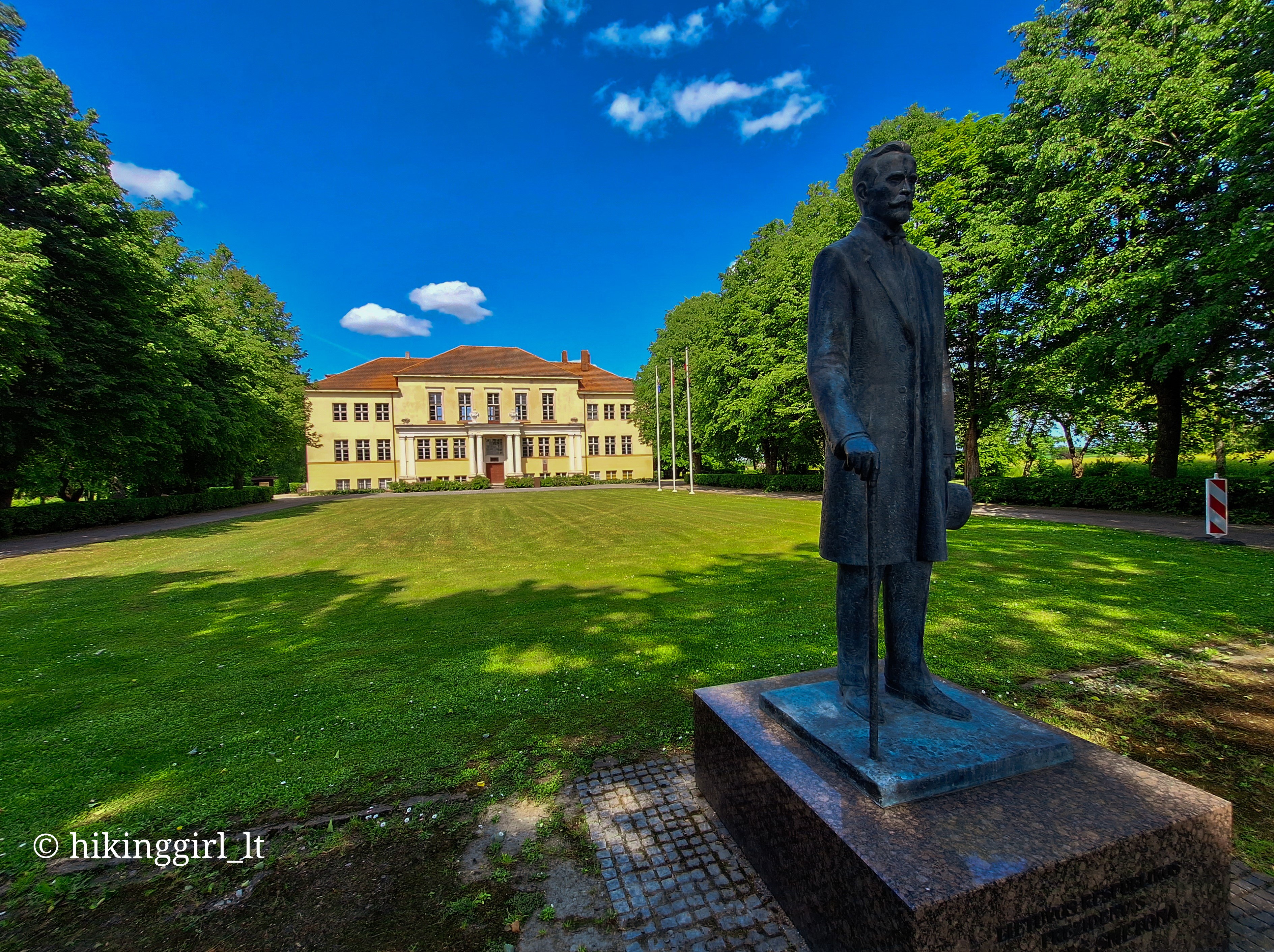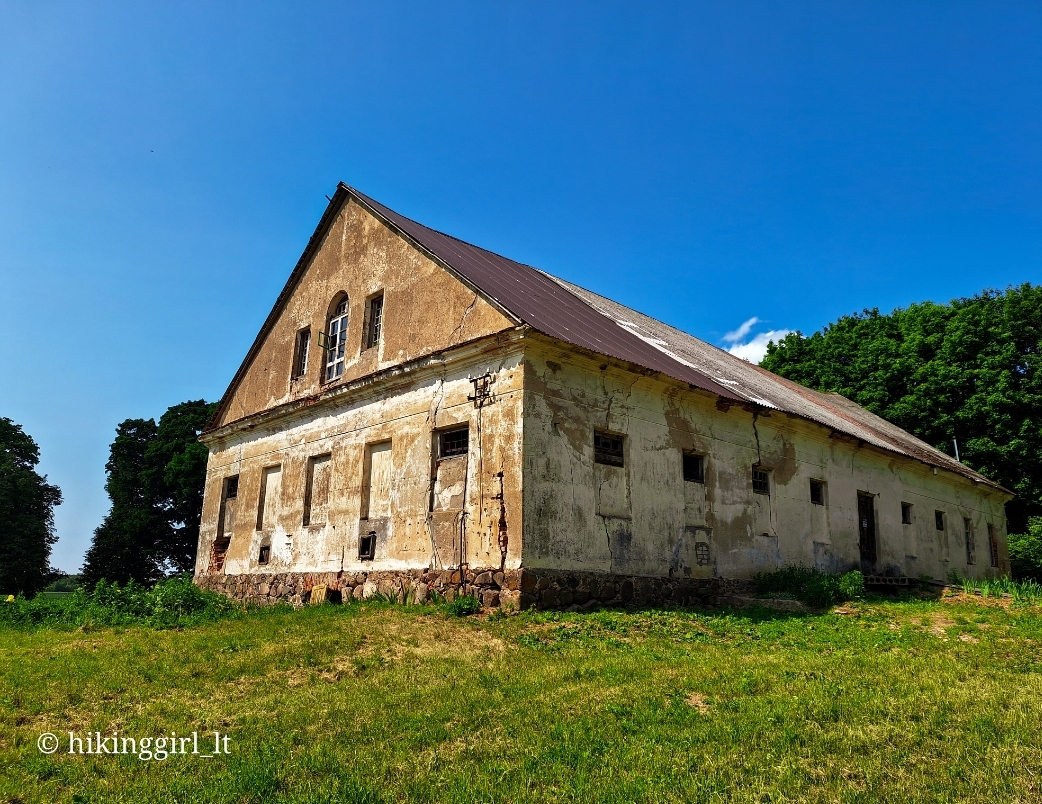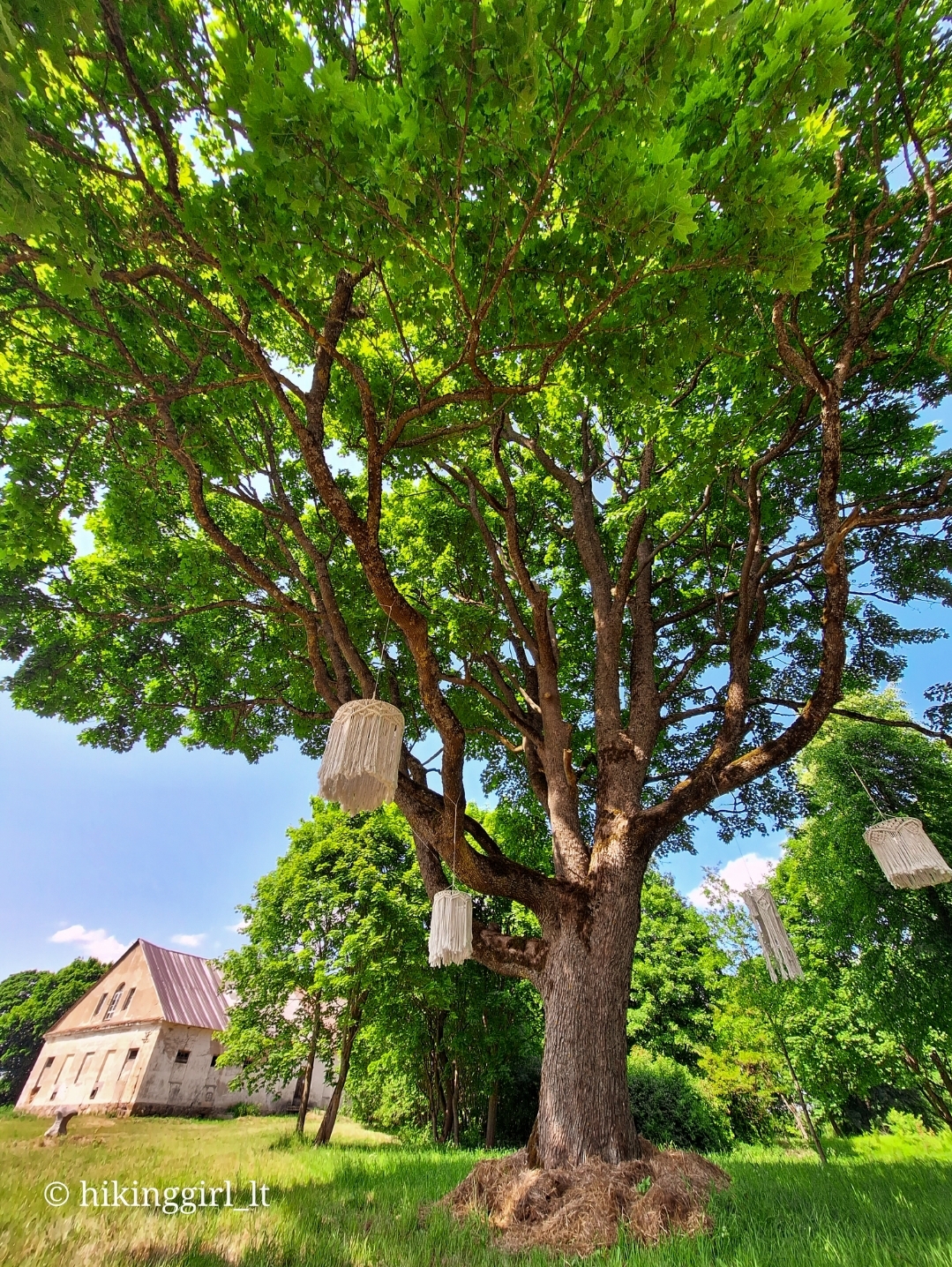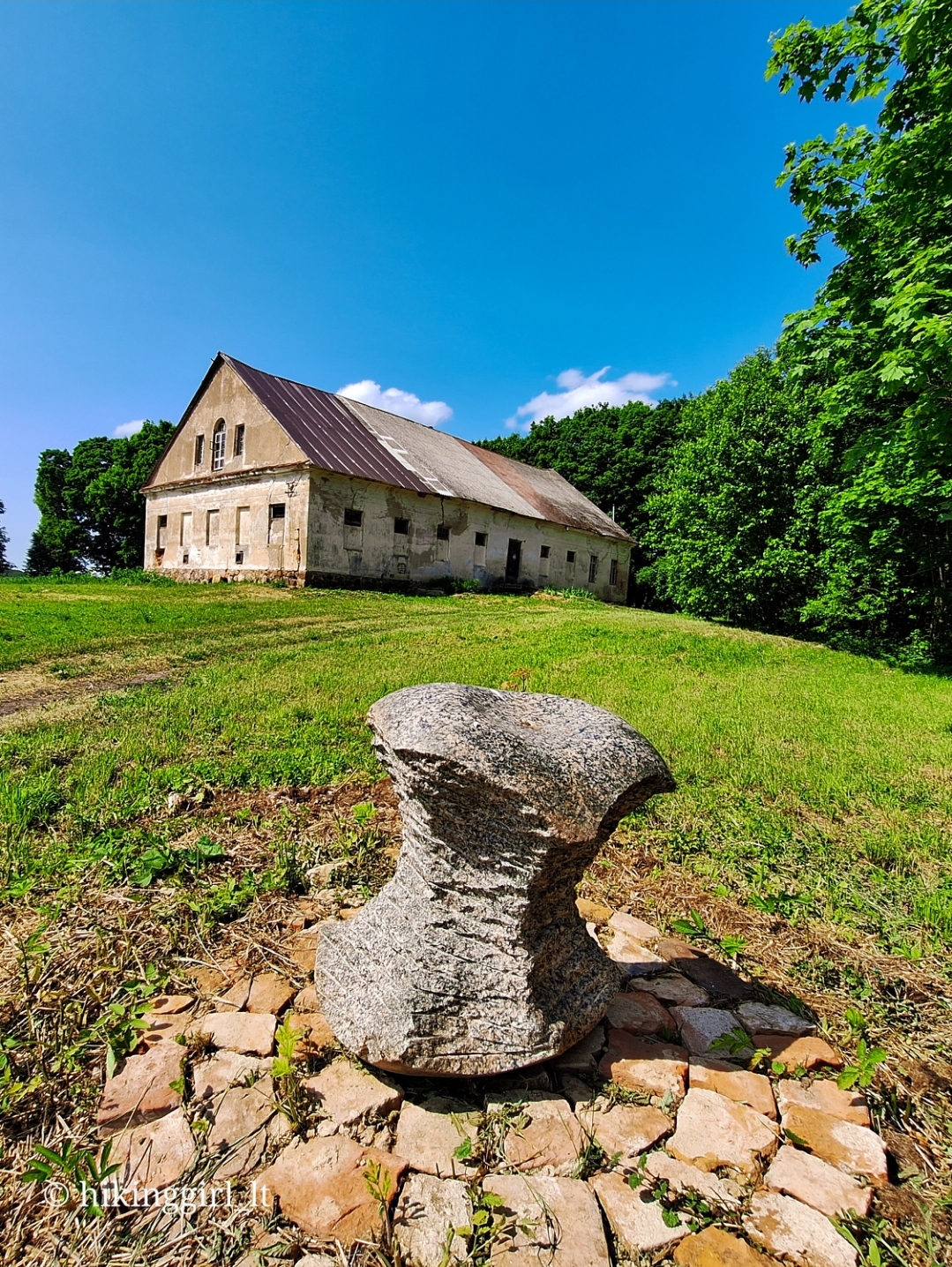Lokinė Manor

697

1

0
Lokinė Manor is a historical site in the Ukmergė district, once home to prominent noble families. Dating back to the 16th century, only the manor’s outbuildings and early 19th-century cellars remain today. The estate was long owned by the Končia family, with one of its most famous members, Medardas Končia, participating in the 1831 and 1863 Uprisings, which led to his exile in Russia.
The manor’s name is linked either to the bears that once inhabited the area or to the Polish word luk (bow), symbolizing the Končia family coat of arms. Although the manor is gone, its history lives on through the Končia family chapel in the Siesikai cemetery.
Info
-

Manors
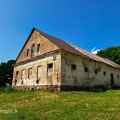
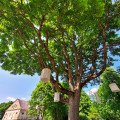
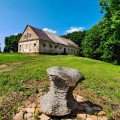
Whats new?
Nearby attractions
Nearest museums

 Entertainment
Entertainment
 Food establishments
Food establishments





























 55.322607, 24.533126
55.322607, 24.533126
 Get directions
Get directions








